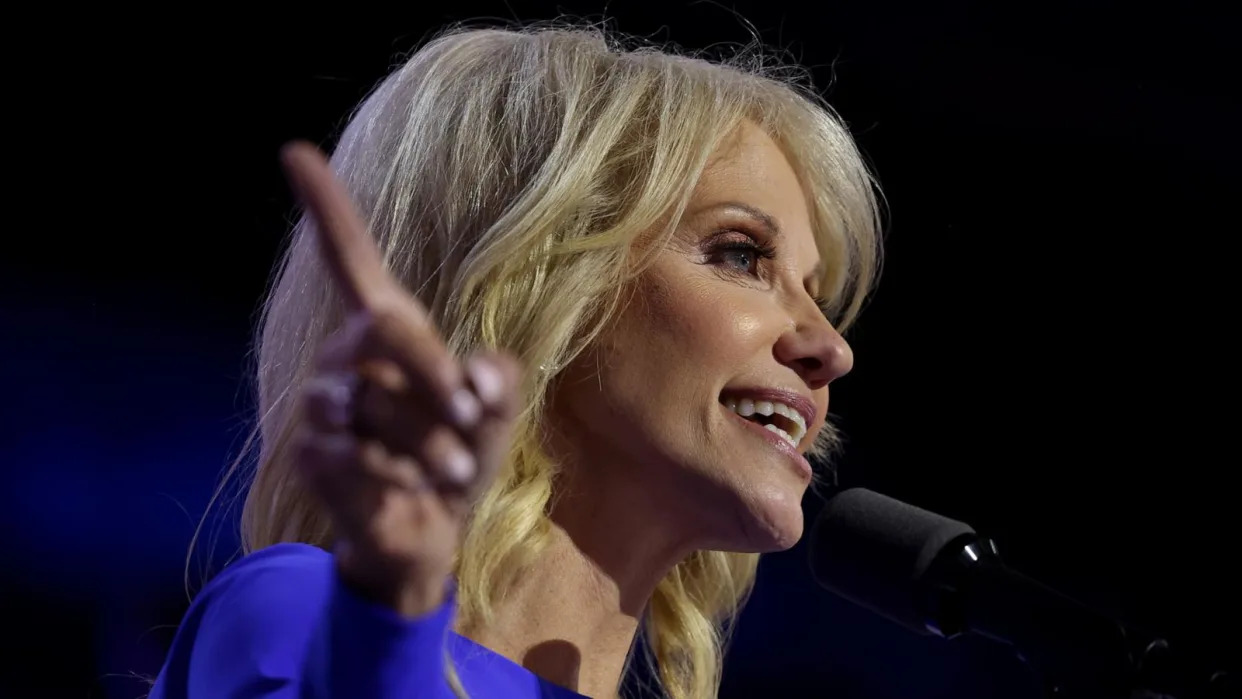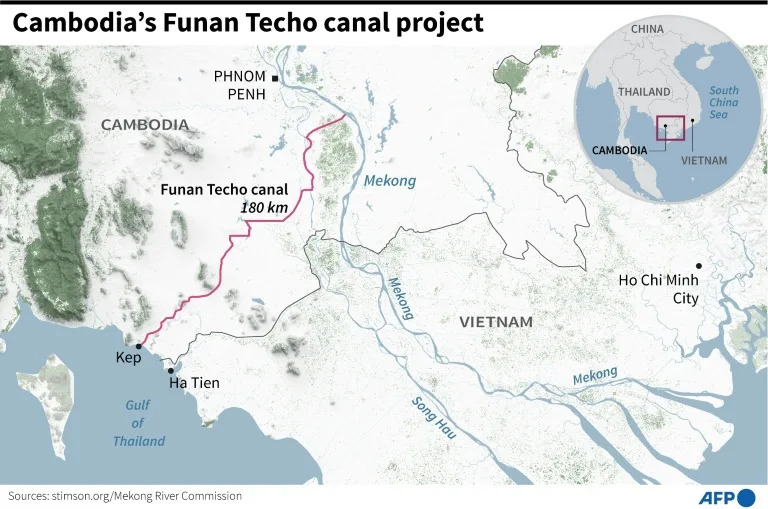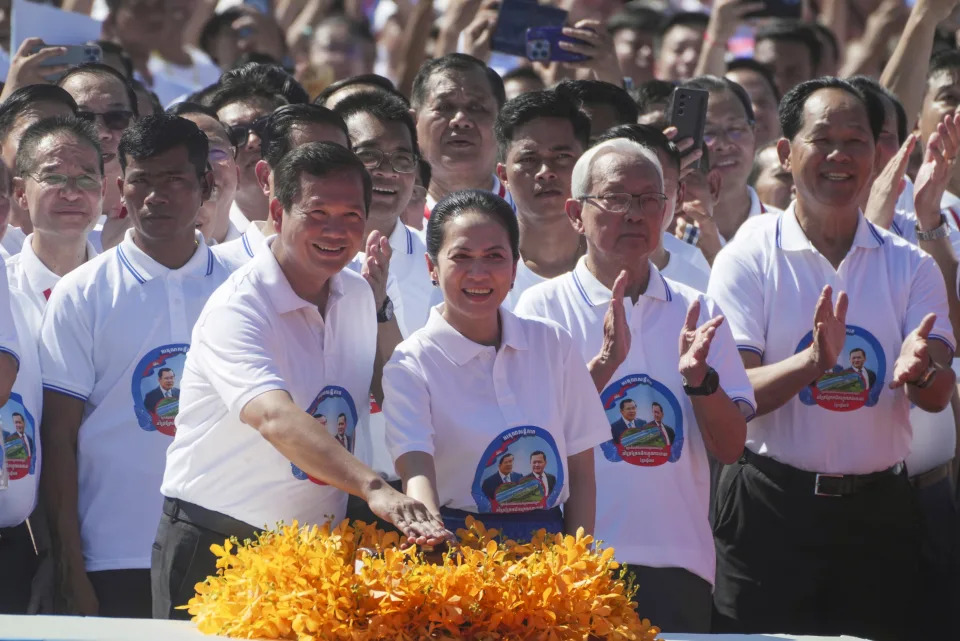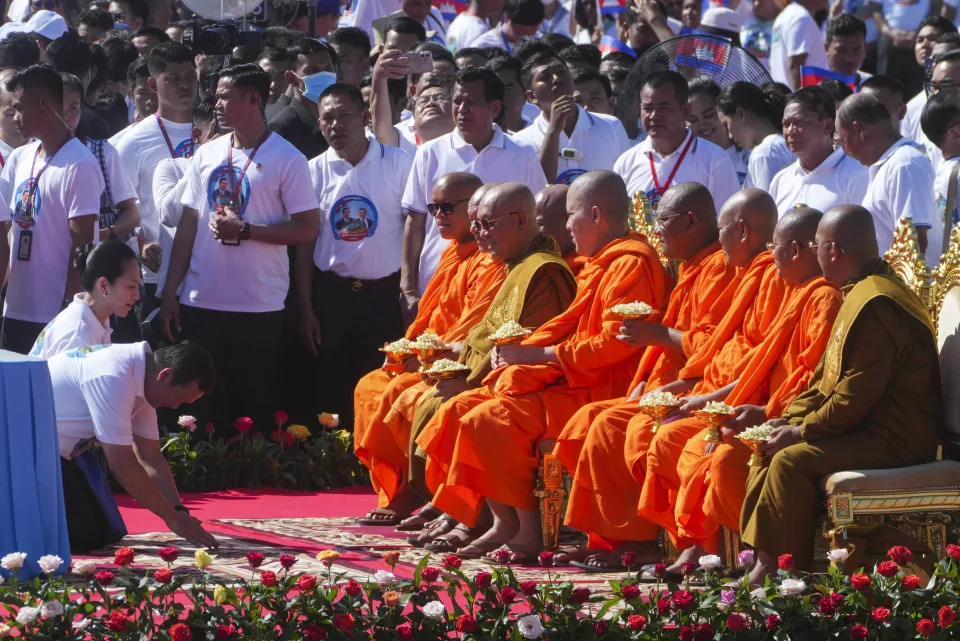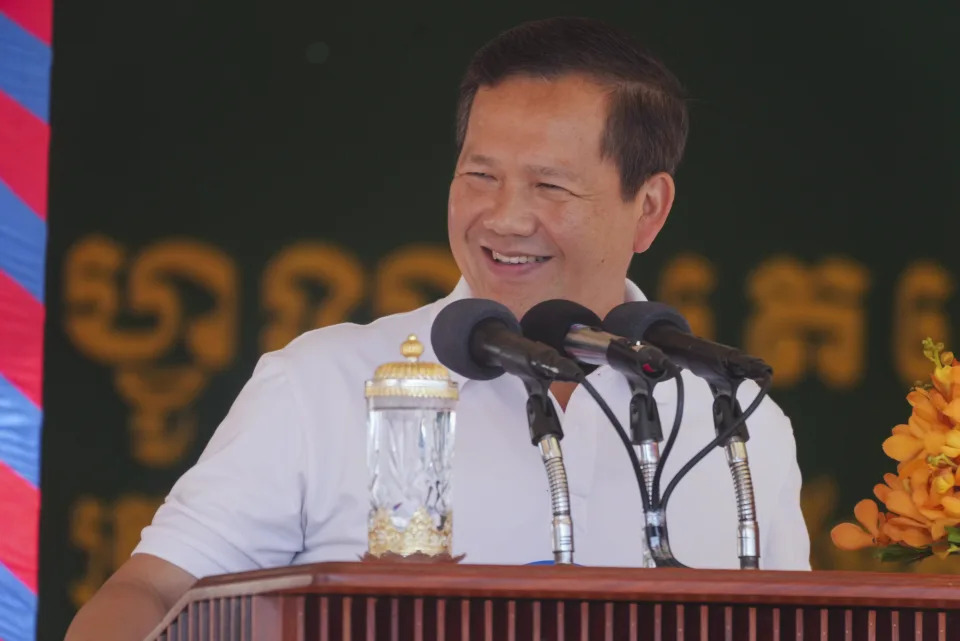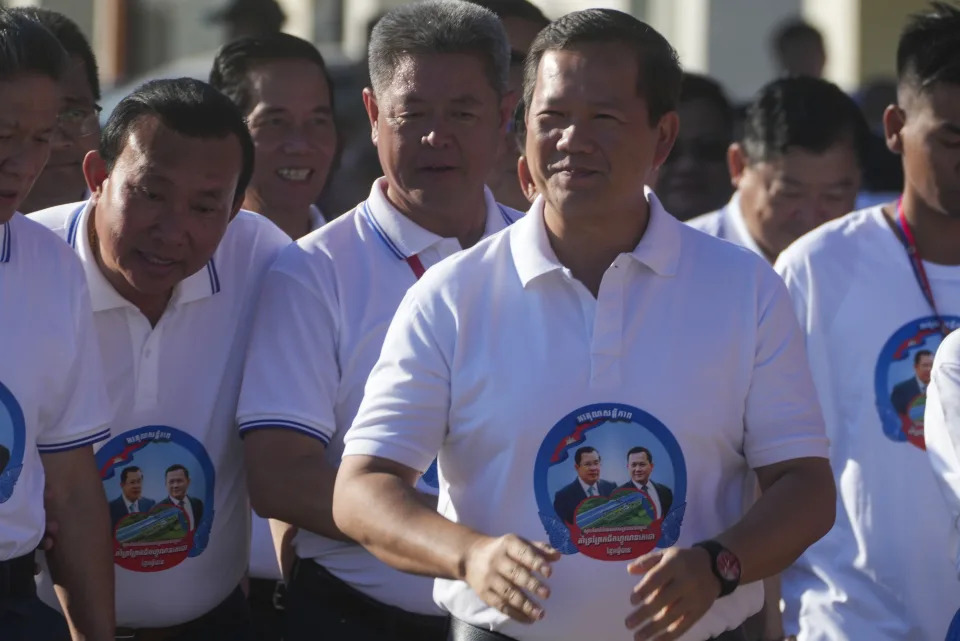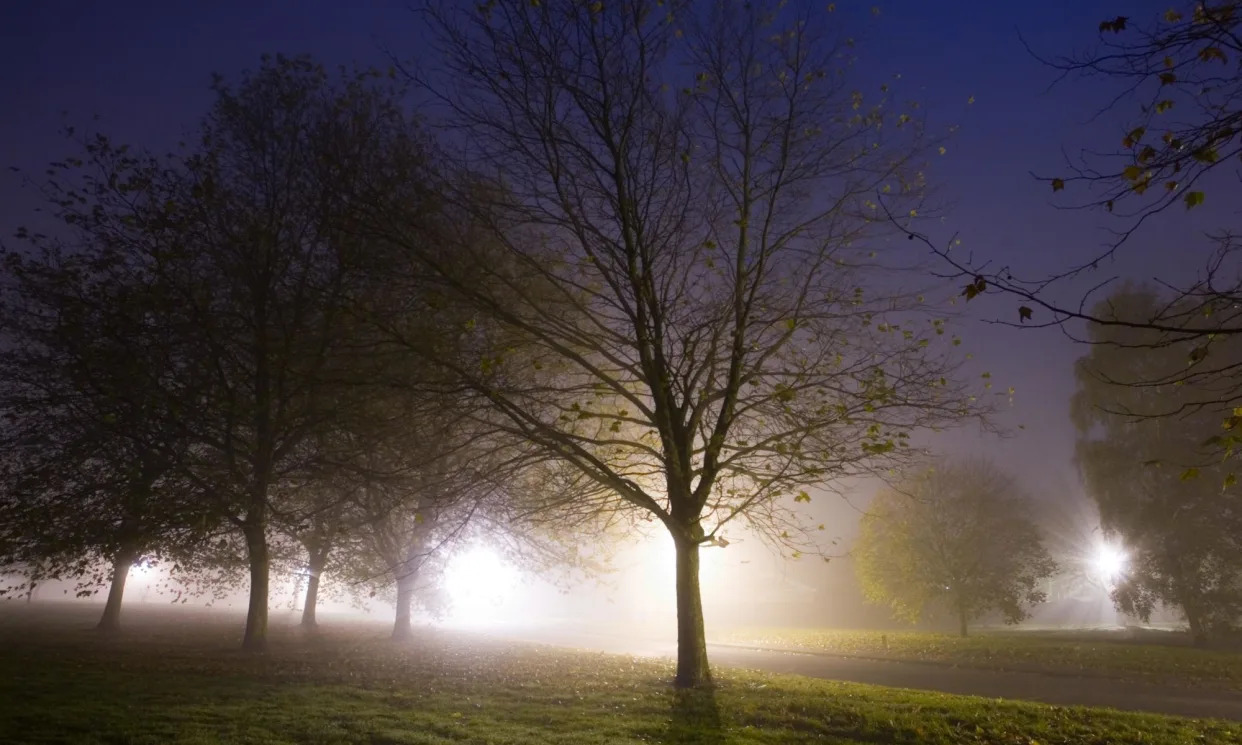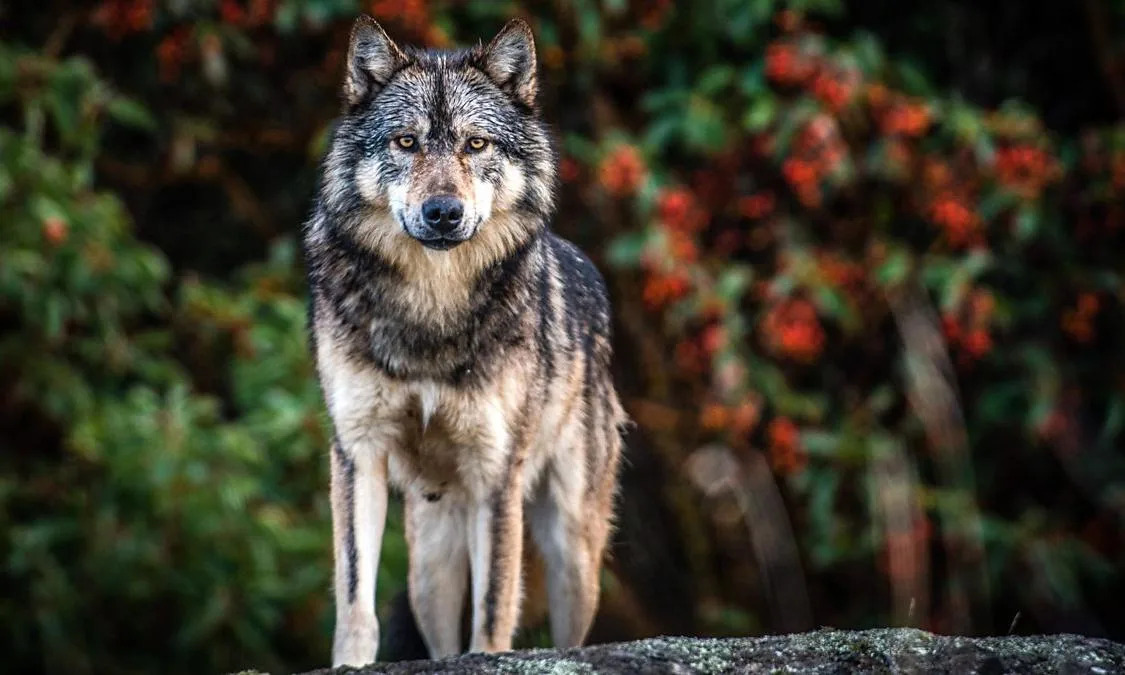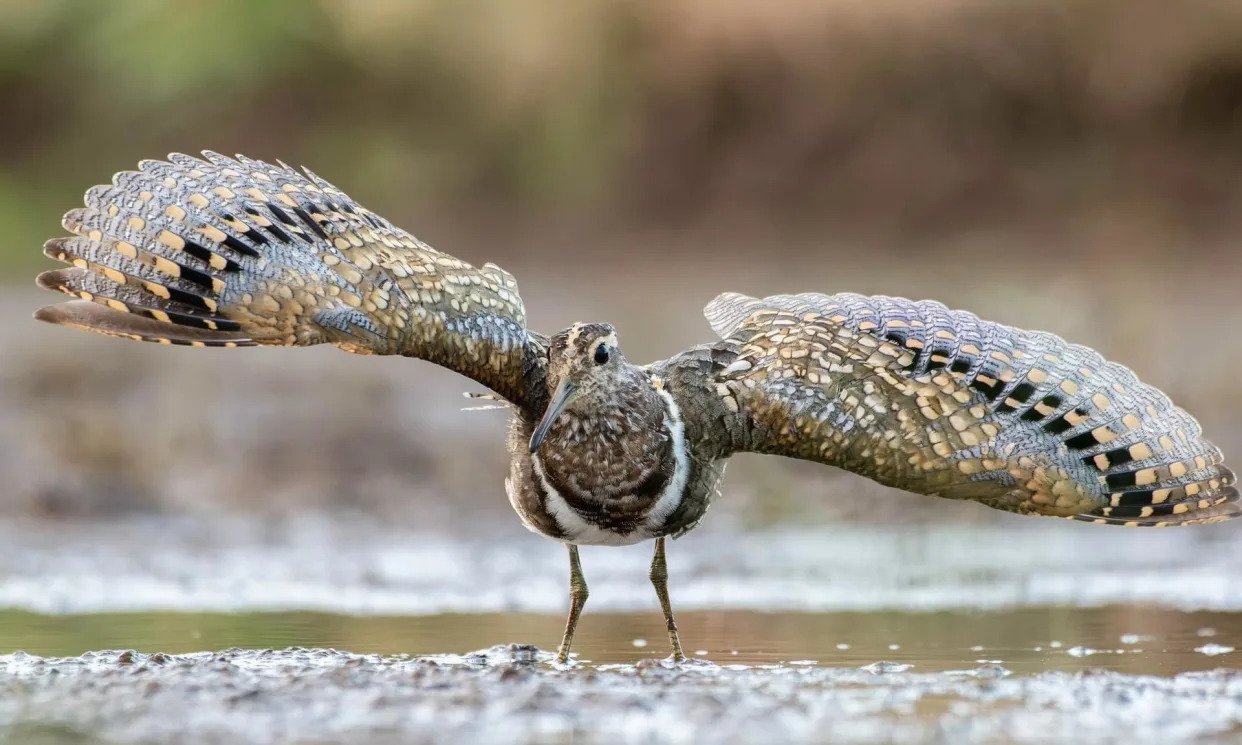NO EVIDENCE OF FRAUD PRODUCED
Rafael Bernal
Sun, August 4, 2024

Major global groups are finding it difficult to overtly condemn apparent fraud in Venezuela’s presidential election, with key member states instead playing defense for President Nicolás Maduro.
The Organization of American States (OAS) and the European Union top the list — both organizations were barreling toward full-throated censure of Maduro until the Venezuelan regime’s allies stepped in.
In Europe, Hungary’s authoritarian-friendly government blocked an EU statement expressing concerns about “flaws and irregularities” in the election.
Josep Borrell, the EU’s foreign policy chief, later released the statement under his own name.
Across the pond, Brazil, Mexico and Colombia, the three largest Latin American countries by population, led the push to give Maduro a pass.
“The irony of all this, obviously, is that Colombia, Mexico and Brazil, all those leaders were democratically elected, but yet they fail to somewhat apply those same democratic principles to another country, in this case, Venezuela,” said Eddy Acevedo, chief of staff and senior adviser at the Wilson Center.
The OAS Permanent Council failed to pass a resolution condemning Maduro on Wednesday, though 17 members voted in favor, 11 abstained — including Brazil and Colombia — and five delegations, including Mexico, skipped the session.
Though no members voted against the resolution, it required an absolute majority of 18 votes for approval.
The willingness of democratically elected governments to block or slow an international response highlights the regional influence of the authoritarian model spearheaded by Russia, China and Iran, but also a historical unwillingness to fall in line with the U.S.’s wishes.
“I think that it’s more than anything, not a hug or an embrace of Maduro, but an arm’s-length relationship that they maintain with the United States,” said Carl Meacham, a former senior staffer on Latin America for the Senate Foreign Relations Committee.
Mexico, Brazil and Columbia all interact in different ways with global authoritarian regimes, including Russia, China and Iran.
“The defensive stance adopted by presidents of Colombia, Mexico, and Brazil can be interpreted as a reflection of their caution and the need to carefully manage their diplomatic relations and national interests. These countries are navigating a highly complex environment where statements regarding Venezuela have significant implications not only for their bilateral relations with the neighboring country but also for their positions within the regional and global context,” said political strategist Sergio José Gutiérrez.
Mexico’s closest relationships are commercial two-way streets, whether it’s through the United States-Mexico-Canada Agreement (USMCA), or through growing direct Chinese investment in the country.
“China is using Mexico as a front because of USMCA, because of the supply chain stuff, [the Inflation Reduction Act], CHIPS Act, all that stuff. Now you have companies that are front companies for China that are popping up in Mexico trying to take advantage of these incentives that the U.S. has built in,” said Acevedo.
“So they’re doing it in a way that they’re masquerading themselves as, ‘No, no, we’re a Mexican company,’ but in reality, what’s behind it is the Chinese government. So they’re — they’re doing it on that end, more for, sort of economic and access perspectives.”
But Mexican President Andrés Manuel López Obrador, whose term ends on Oct. 1, has deeper political motivations to not fall in line behind the United States.
“Some of it has to do with the fact that Mexican foreign policy has just traditionally been one of nonintervention, and his intentions are to return to that type of posture. That’s one aspect of it. The other one is he has one month left in office, and I think his focus, his priorities, are trying to push forth legislative reforms, and he really doesn’t want to — or doesn’t need to — be spending much time on international matters and international affairs,” said Meacham.
Colombian President Gustavo Petro and Brazilian President Luiz Inácio Lula da Silva are closer to Maduro, both geographically and ideologically.
Yet both South American powers initially rebuked Maduro’s claim of victory last Sunday night, calling for the Venezuelan electoral authority to release the official tallies that were automatically generated by polling machines.
After dealing a major embarrassment to Maduro, days later they joined with Mexico, Bolivia and a grouping of Central American and Caribbean countries to turn the tables on the United States and the OAS itself.
“I think the situation is that the three countries were not ready yet to vote at the OAS resolution, because they still wanted to give diplomacy a chance, that ‘we’re working on this statement,’ right? So they’re trying to play both sides,” said Acevedo.
“I understand that logic. Why we would call for a vote and lose is just shameful. We should have had the vote. I mean, besides those three countries, there’s a lot of other countries on that list that abstained, that should have been with us.”
The State Department late Thursday dismissed the significance of the OAS vote by releasing a strongly worded statement signed by Secretary of State Antony Blinken saying official results were “deeply flawed” and crediting opposition candidate Edmundo González with a win, based on 80 percent of vote tally sheets obtained and published by the opposition.
“We congratulate Edmundo González Urrutia on his successful campaign. Now is the time for the Venezuelan parties to begin discussions on a respectful, peaceful transition in accordance with Venezuelan electoral law and the wishes of the Venezuelan people. We fully support the process of re-establishing democratic norms in Venezuela and stand ready to consider ways to bolster it jointly with our international partners,” wrote Blinken.
Sen. Marco Rubio (R-Fla.), who has been building a bipartisan anti-Maduro coalition since the election, lauded Blinken’s statement, posting that it was “an important step in support of the Venezuelan people’s aspiration for freedom from tyranny.”
Rubio on Thursday paired up with Senate Majority Whip Dick Durbin (D-Ill.) to lead a resolution condemning Maduro, another show of bipartisan opposition.
Louisiana Sen. Bill Cassidy (R), in a statement supporting the resolution, made the geopolitical case opposing Venezuela’s antidemocratic ambitions.
“This is a critical moment for our hemisphere. Do we have another 25 years of tyranny and repression just three hours from America? Do we allow the Russians, Chinese Communist Party, and drug cartels to use Venezuela as ground zero planning harm to the U.S. and allies in the hemisphere?” asked Cassidy in his statement.
That analysis is not far-fetched, and international support is part of what’s emboldening Maduro to persecute opposition leaders.
“I’m sure [Venezuelan officials] know that what they’re asking for and calling for is antidemocratic, and these are just — now the masks are off. You know, this guy needs to be referred to as what he is. He’s an autocrat. He’s a dictator. He has no regard for the international system or for democracy. That, I think, is what is starting to happen internationally,” said Meacham.
“But the issue is that this is being mixed into that larger, larger game now, the international power game is really how this is playing itself out now.”
Ironically, the toolkit for the United States and other democracies is at once the best weapon available against the spread of authoritarianism, and a major motivator of that spread.
“Fundamentally, a lot of these folks, they use each other to bypass the sanctions against them from the U.S. and the rest of the international community,” said Acevedo.
“So that’s why, when, for example, a lot of people say, ‘You know, sanctions don’t work.’ Well, what has happened now that we’re living in 2024 is that the bad guys have figured out that they can all sort of operate amongst themselves as a way to mitigate some of the sanctions.”
Maduro’s other ally is timing: The Venezuelan regime has often waited out massive protests, essentially tiring out the opposition to consolidate its power, legitimate or not.
That leaves the Biden administration a short window to impose whatever sanctions it deems most likely to benefit the same opposition that Blinken recognized as winners of Sunday’s election.
“There’s still a lot of leverage the U.S. has … One of the things that we have not been very good at is speed. Sometimes the U.S. does the right thing, but it takes them a lot to get there. And speed, when it comes to this kind of development, [where] things are happening quickly, speed is everything,” said Acevedo.
